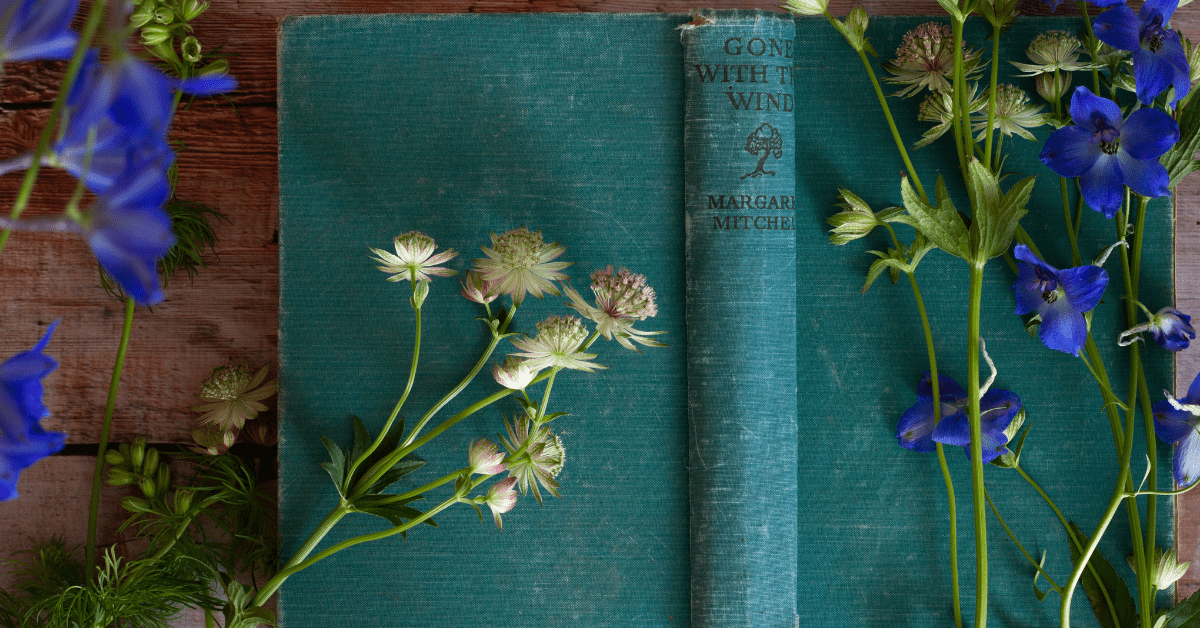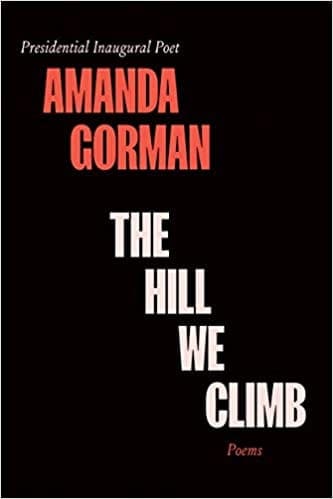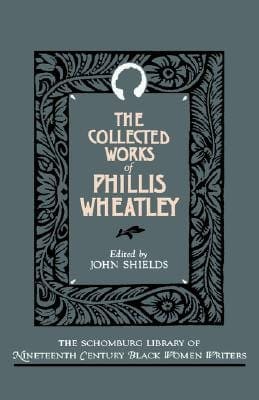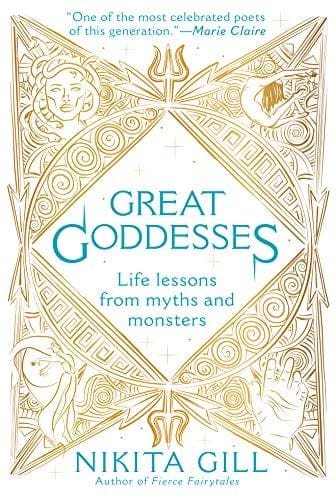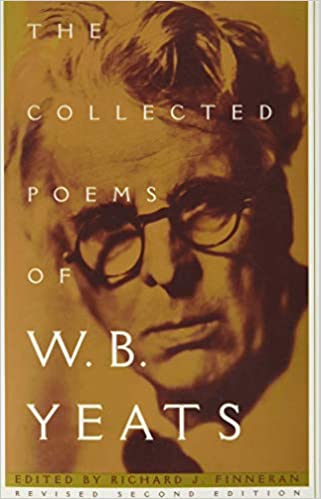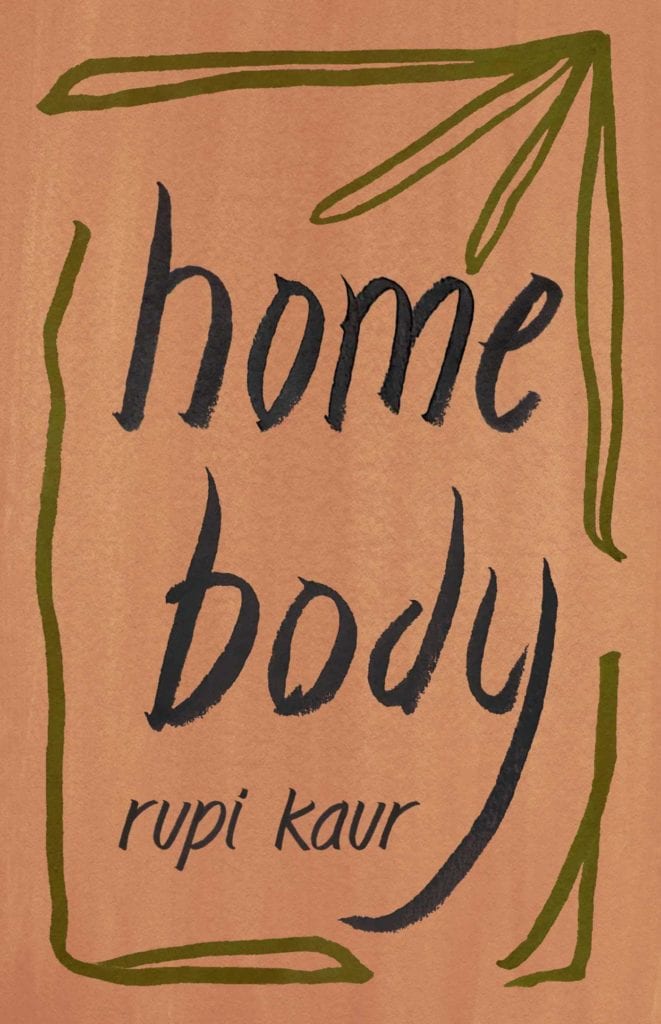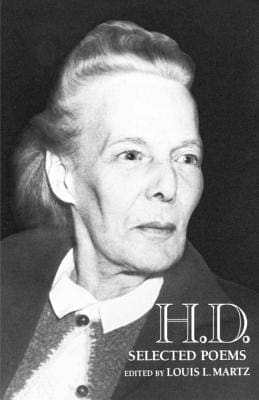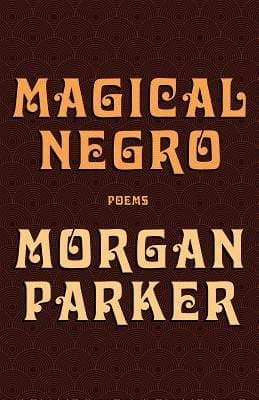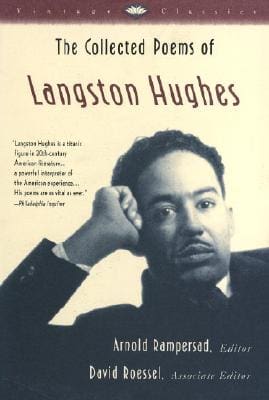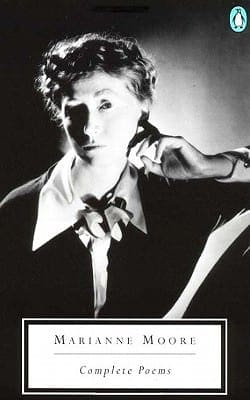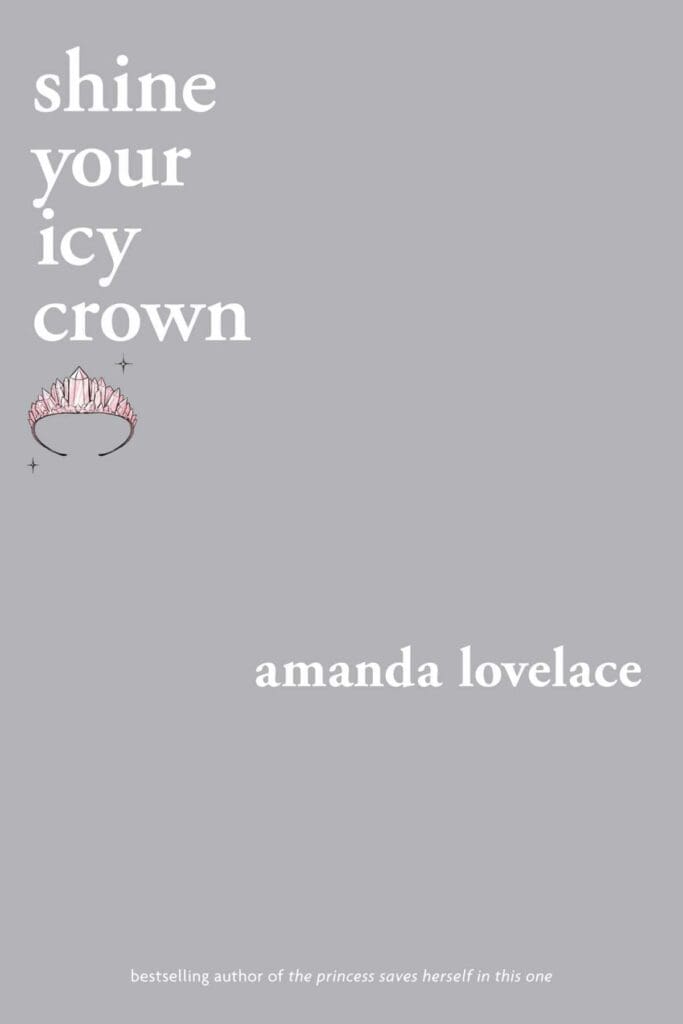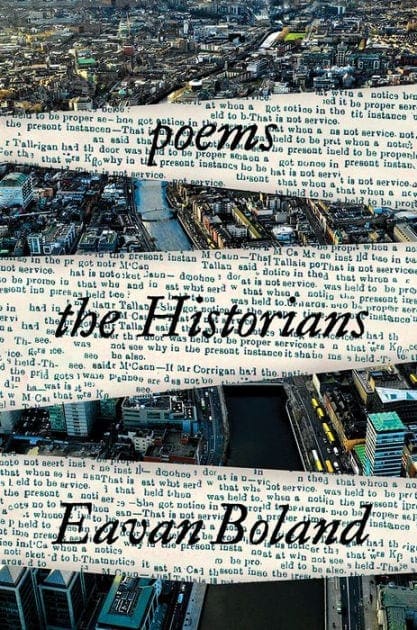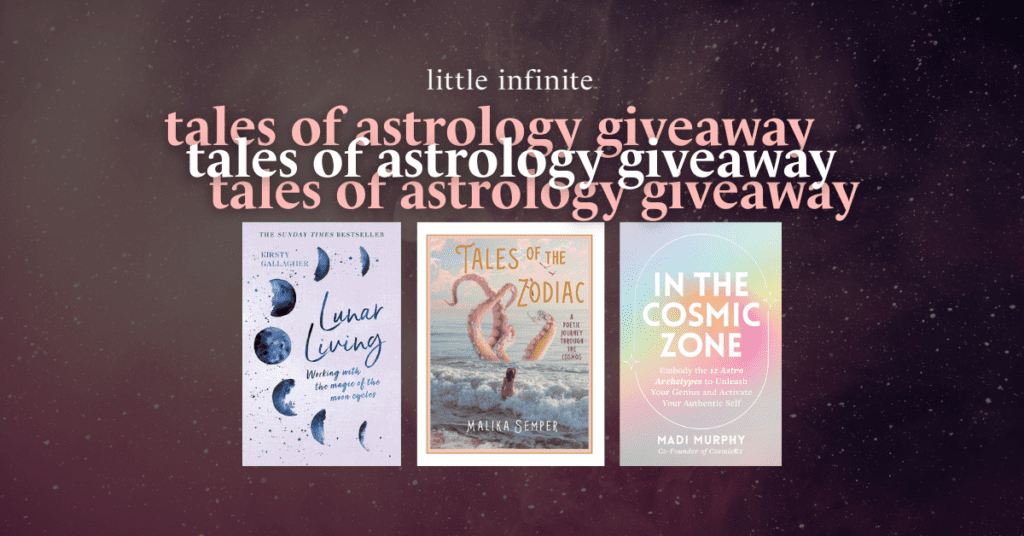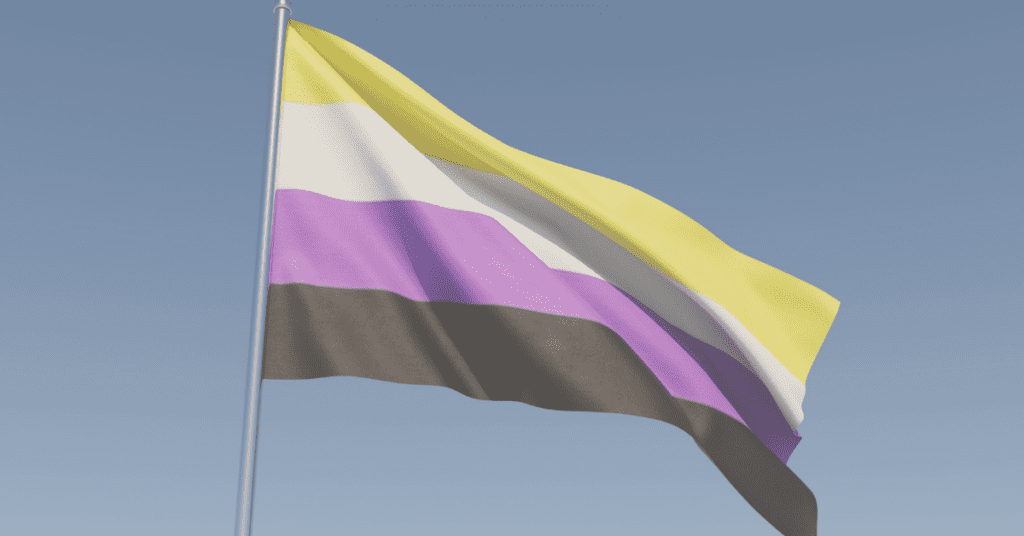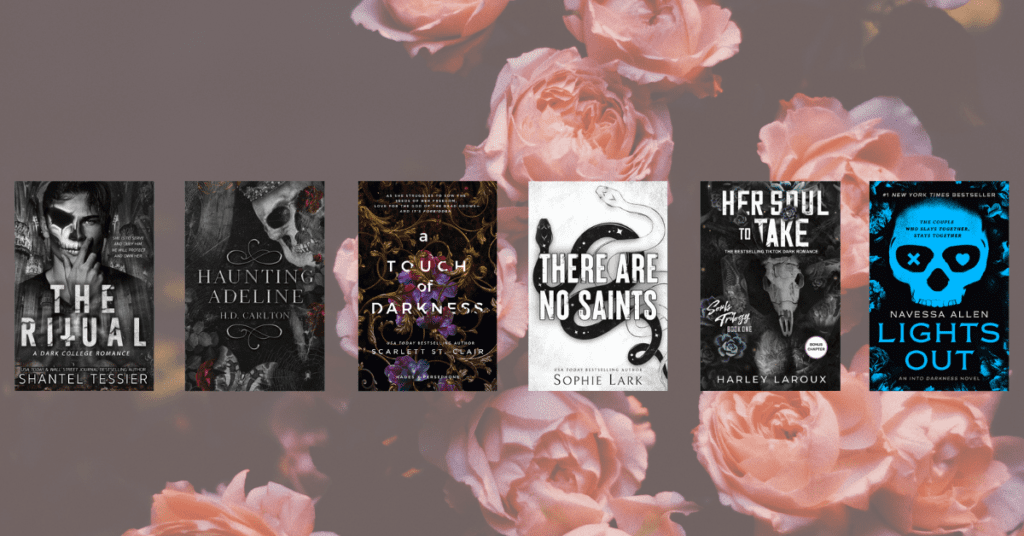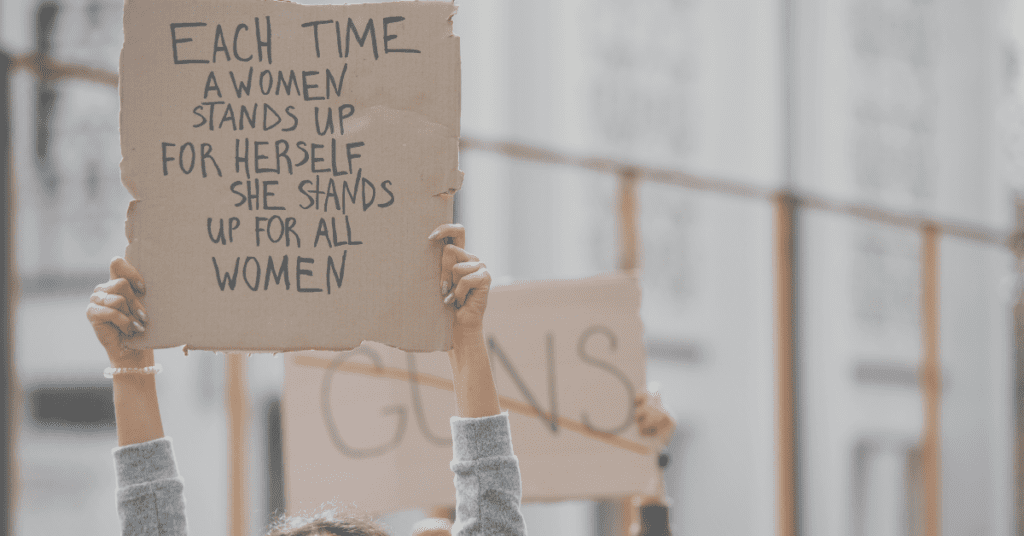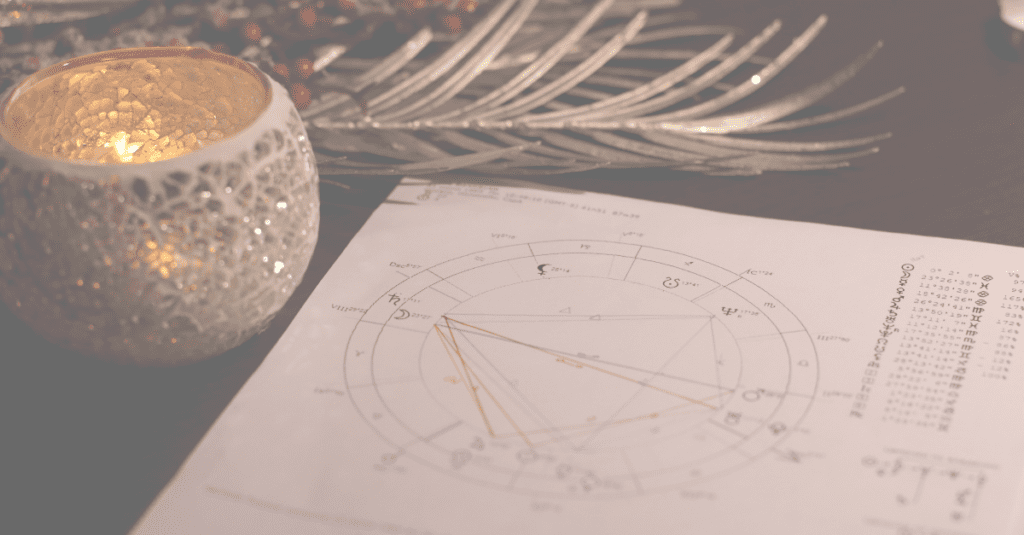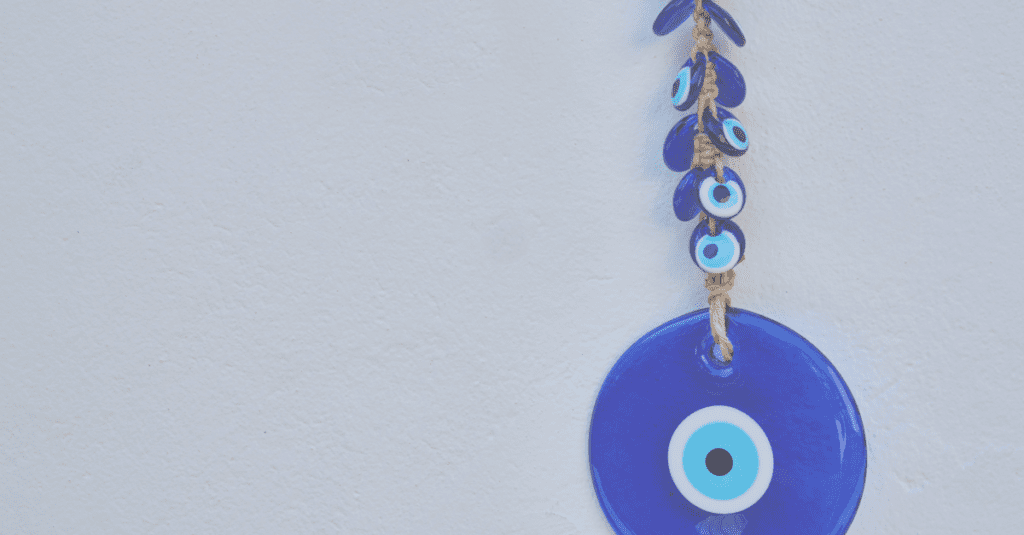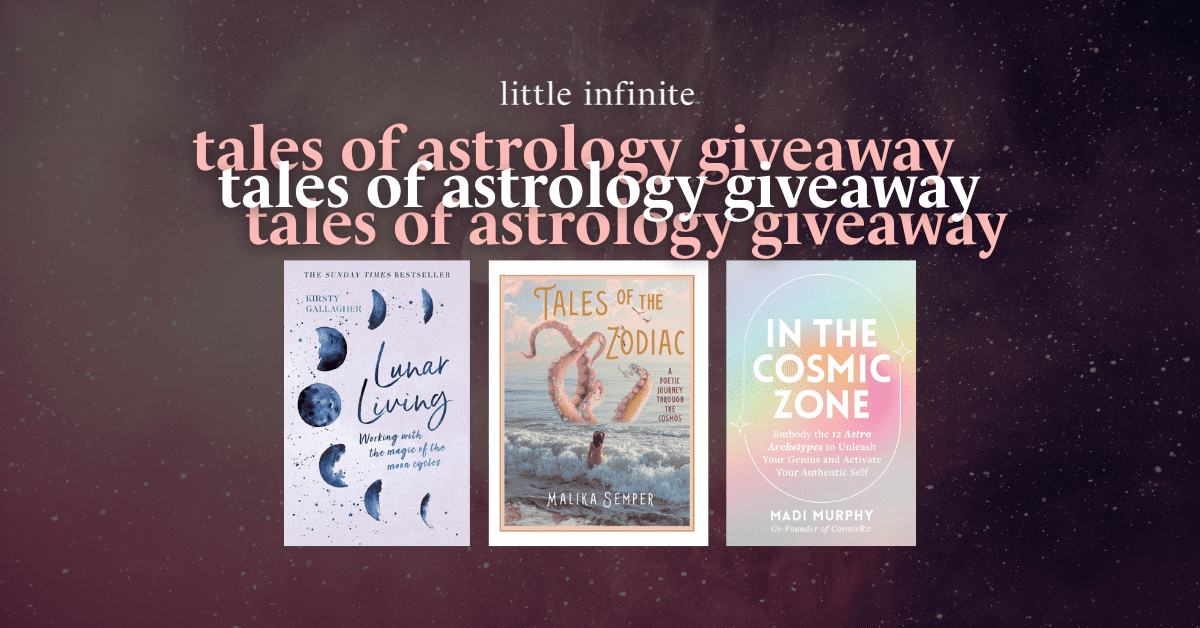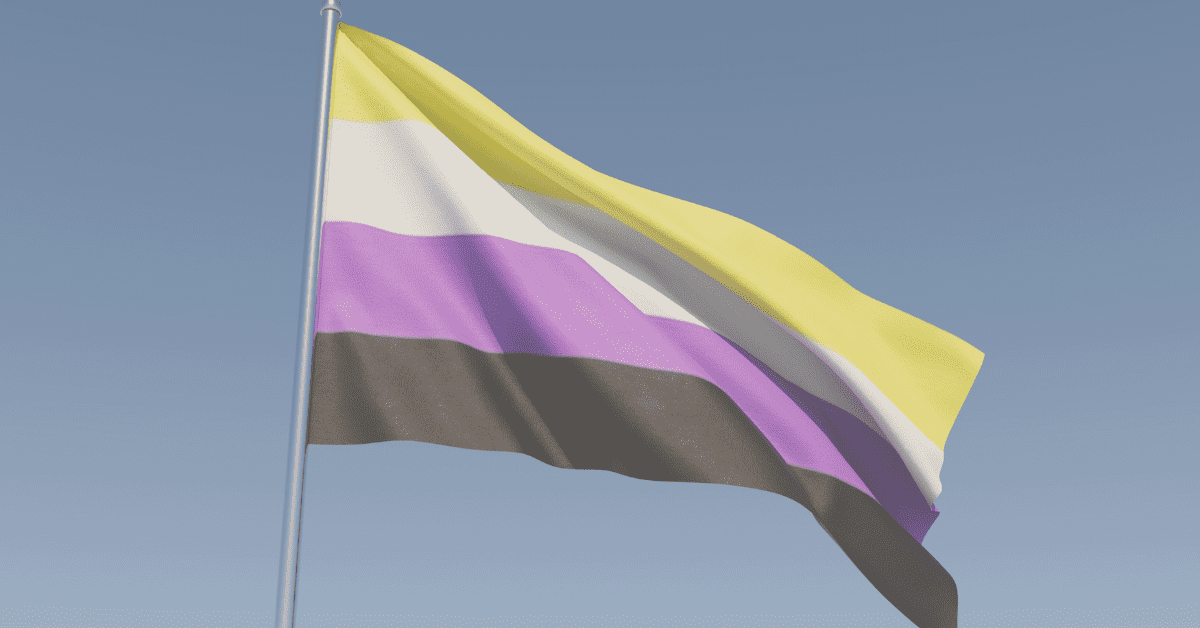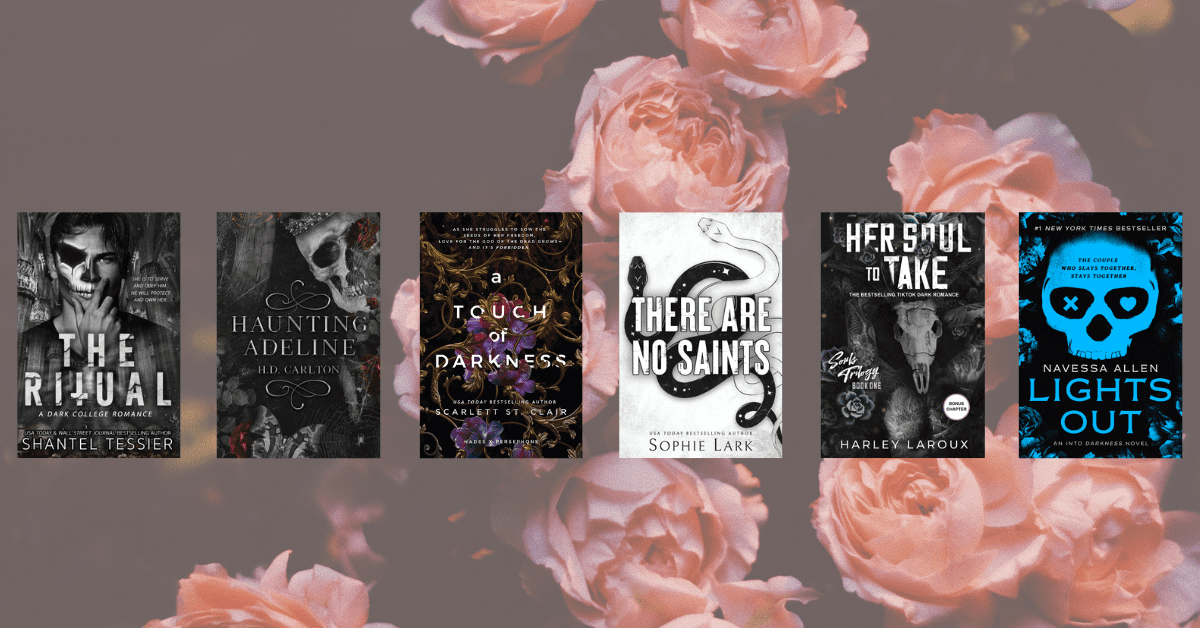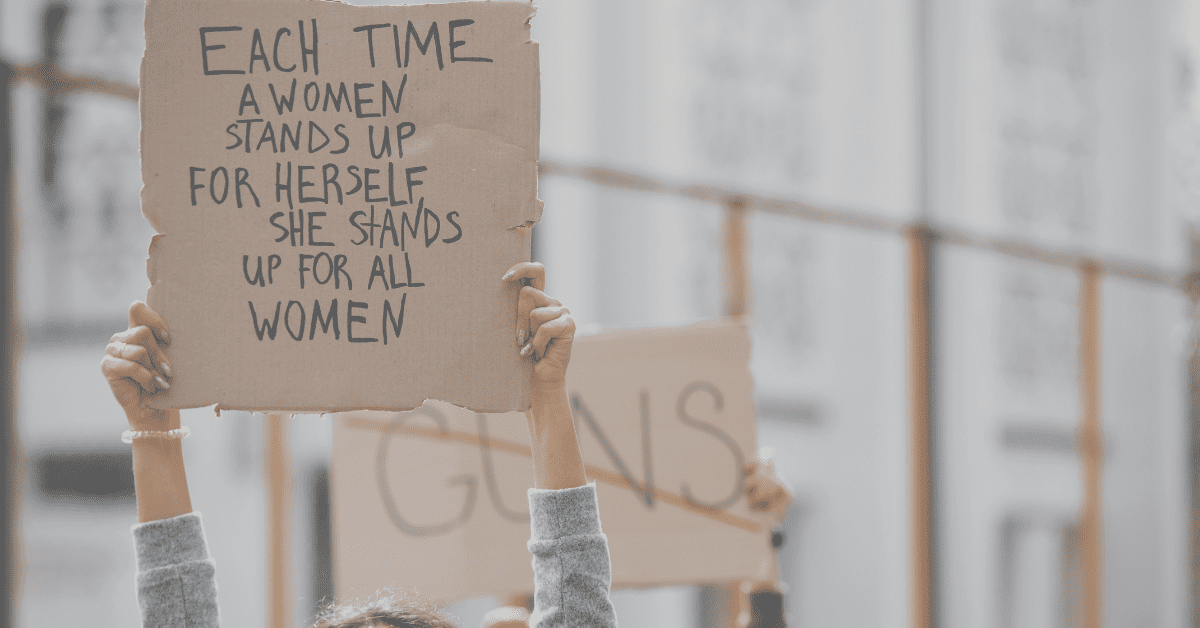If you love these modern poets, check out these classic poets.
Are you trying to read more classic poetry? It can be a daunting task and hard to pinpoint a starting place. Do you start with classic poets like Shakespeare? Whitman? Frost? Should you even read them or start with someone else?
Why not start with what you already enjoy? When thinking about classic poetry, you might not think of modern poets, but they can be the first step into a love affair with vintage literature.
So, we’ve paired a few of our favorite modern-day poets with classic poets. While not every comparison is a one-for-one, these poets can have similar style, topics, use of metaphor, or reception of work. We hope that if you enjoy reading one poet, you will likely enjoy reading their pair.
Amanda Gorman & Phillis Wheatley
Poetry that Questions the Status Quo
Amanda Gorman has risen to fame after her inspiring performance as the 2021 inaugural poet. Her poem “The Hill We Climb” inspired us, gave us hope, and addressed the widening divide in our country. Many of Gorman’s poems address the issues America faces today, such as violence, racism, and climate change.
Much like Gorman, Phillis Wheatley used her verse to address social issues. At the time, Wheatley would never have imagined that a young Black girl would be reading a poem during the presidential inauguration. Wheatley was published by a London publisher, as American publishers wouldn’t touch the work of an enslaved person, her translations of Ovid and her gorgeous elegies made her a household name. Wheatley had no problem using her poetry to shine a light on controversial topics. Her most famous poem, “On Being Brought to America from Africa” uses the bible to comment on the injustice practice of slavery.
While Gorman and Wheatley both use their poetry to comment on America, they both share another common theme. It’s very clear that both poets have a love for people and want to see the world do better for those that are here and those that will come after us.
Nikita Gill & William Butler Yeats
Capture Mythology in Verse
*Author Note: A majority of western poetic cannon is white and male. I’ve tried really hard not to suggest “if you love reading an amazing female, poet of color, then check out this old white dude.” However, I do think that if you love Gill’s work, then you will enjoy William Butler Yeats. So, please forgive me this one time.
Pulling stories from mythology and folklore from around the world, Nikita Gill has transformed these classic stories into beautiful poetry. Gill is a master at taking an old story and breathing new life into it. Her feminist re-telling of mythology and folklore inspire a modern audience. She doesn’t allow these tales to fall to the wayside or remain stuck in time. She reminds us that even readers today can learn from them.
William Butler Yeats was an Irish poet who refused to deny his Irish heritage at a time when many people believed they were simply “British born in Ireland.” He is considered one of most loved classic poets. Determined to keep his cultural heritage alive in a time when it was illegal to speak his native language (Irish, also known as Gaelic), he featured many Irish myths and folk heroes in his work.
Yeats used mythology in a similar way as Gill – to shine a light the present. To help keep Irish myth alive, Yeats used his poetry to bring it into the modern world. There is a good chance that if he were alive today, Yeats would also be a fan of Gill’s work.
Rupi Kaur & Hilda Doolittle
Simple, Concise Use of Imagery
When Rupi Kaur first started posting her poetry on Instagram readers loved the honesty, simplicity, and ease of her poems – not to mention her added illustrations. She can say so much in so little space. However, when her poetry gained popularity, she was highly criticized for her work, even though it greatly influenced the creation of a new movement of poetry.
Hilda Doolittle, better known as H.D., created the imagist movement that lasted from 1913 to 1917. Like Kaur, she was severely criticized for her work to the point where she was not recognized as the leader of the movement. Her poems were simple but powerful, concise but descriptive. They painted a clear image in the mind of the reader in only a few lines.
While H.D. didn’t add actual images to her poems, she and Kaur are masters of the simplistic poem. Kaur’s poetry likely wouldn’t be considered imagist poetry. However, where Kaur offers an illustration with her poetry, H.D. offers a verbal image with her own.
Morgan Parker & Langston Hughes
Poetry about Black Life
Morgan Parker’s poems are edgy, beautiful, and funny, while also looking at serious issues that Black Americans face every day. She points out the patterns and themes of loneliness, grief, and ancestral trauma seen every day in America. Parker’s poetry is part personal story, part political statement.
As a central figure in the Harlem Renaissance Langston Hughes was known for being an honest writer. He focused on the joys and hardships of being a Black man, while avoiding idealization and stereotypes. Because of this, his early poetry was thought to showcase an unattractive view of life.
While critics didn’t care for the portrait of the world Hughes painted, readers did. He wrote about the everyday people and they loved his poetry for it. They saw themselves in it, much like readers today see themselves in Parker’s work.
Jessica Q Stark & Marianne Moore
Animals and Social Commentary
Jessica Q Stark’s debut poetry collection Savage Pageant looks at a closed Hollywood zoo and comments on the American spectacle. Using the zoo, she connects its savage history with that of celebrity culture, animal cruelty, racist taxonomies, and ecological violence.
Marianne Moore wrote an impressive collection of animal poems. Sometimes considered her most complex poems, she looks at animals in a very scientific way. Instead of giving animals human characteristics, she simply writes the animals in a way that reflects their natural qualities. She became a master of science poetry.
While Moore’s animal poems focused on the true lives of the animals, she was not shy to compare their lives to that of humans. In “The Pangolin,” she outright questions man’s ability to be happy while living a life chasing happiness. Stark and Moore expertly capture man’s flaws through nature’s beauty.
Amanda Lovelace & Eavan Boland
Fairy Tales as Backdrops for Personal Struggles
Amanda Lovelace is known for her fairy tale inspired poetry collections. She now has two series that follow that theme. But what makes her poetry so relatable, is how she is able to connect the tales to modern life. The struggles of the heroines are struggles that she personally faced. They are struggles that her readers are also facing.
Irish poet Eavan Boland also took from fairy tales in her poetry, and like Lovelace, she connected those fictional struggles to her own. Boland was a female poet who boldly wrote in a predominantly male space. She dared to raise her voice where many believed it didn’t belong. What’s more, she openly discussed topics of motherhood, feminism, and life as a woman.
Both Boland and Lovelace’s poetic re-working of fairy tales comment on everything from domestic violence to cancer to feminism. While their styles, struggles, and stories might be different, they are certainly complementary.
Do you know any other new and classic poets that have similar styles? Or write about similar topics? Who would you pair these new or classic poets with?
To stay up-to-date, make sure to keep an eye out for more of little infinite’s featured content as we celebrate poetry, books, and this beautiful hot mess we call life on Instagram and Twitter.
Featured image via Unsplash by Micheile Henderson.
